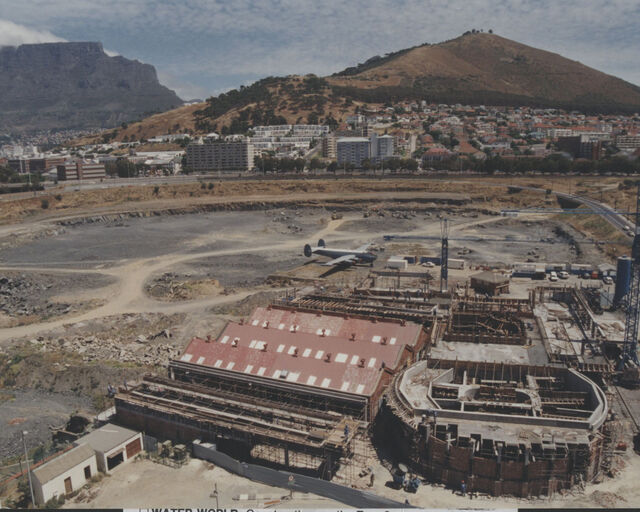What do turtle hatchlings eat at the Two Oceans Aquarium Foundation’s Turtle Conservation Centre?
Every year, our team at the Turtle Conservation Centre receives turtles that have been rescued from stranding, run-ins with boats, or entangled in fishing lines and plastic. Amongst these are hatchlings, post-hatchlings, and sub-adult to adult turtles.
During their time in our Turtle Conservation Centre, these turtles receive medical treatment, vitamins, enrichment, and all the help they need to gain strength and become ready to be released back into the ocean. Like anyone recovering from illness, the turtles need nutritious food every day!
How does the team know what to feed the turtles?
Turtles’ diets differ according to several factors, primarily age and species. An adult green turtle requires different nutrients than a baby loggerhead turtle!
Age or life phase has a distinct impact on a turtle's diet. For example, green turtle hatchlings are omnivorous, but adult green turtles are solely herbivorous. This is influenced heavily by the lifestyle that turtles lead at each phase of their lives – as hatchlings, turtles are opportunistic feeders (basically eating anything that floats past them), and once they’ve matured, they can forage and dive for food.
Different species of turtle have a range of dietary requirements, too. For example, most of a leatherback turtle’s diet consists of jellyfish, while loggerhead turtles enjoy a range of protein sources. This is because all seven turtle species occupy varying biomes and ecosystems, leading to their evolving unique menus!
Our turtle team considers all of this when designing nutrition plans for each of the turtles undergoing rehabilitation.
What do we feed the turtle hatchlings?
Most of the hatchlings that the Turtle Conservation Centre receives are loggerhead turtles. Loggerhead turtles are one of two species that nest in South Africa, and so they are more commonly found stranded as hatchlings. Having been through some trauma, the loggerhead hatchlings we receive via our Turtle Rescue Network are often dehydrated, cold, and in dire need of nutrients.
Initially, their meals consist of small amounts of protein like white mussel. The turtle team will hand-feed the little patients two tiny pieces to stir their appetites and encourage them to pass faeces. Once the hatchling has passed faeces (and it has been checked for microplastics), their feed amount increases to about 10 pieces of protein.
After they have stabilised after a week or two, the team introduces a delicious “smoothie” packed with the proteins and vitamins these little patients need to grow and strengthen. However, this is not the kind of smoothie you or I would enjoy…
Hake, white mussel, pilchards, vegetables like broccoli, and supplements are all blended into a green-brown liquid. Then, the smoothie is placed in the fridge to set into a solid pancake. Once it has reached a suitable consistency, it is cut into bite-sized jelly squares and weighed out according to each hatchling's requirements. The gel food is the perfect mix of protein, vegetables, and vitamins to help the hatchlings progress.
How do the hatchlings get fed?
At each stage of the eating plans, our turtle team is particular about the method used to feed the hatchlings.
For the first phase of their rehabilitation, the team will hand-feed the hatchlings using a tweezer to present the protein or gel food to each turtle. When the little turtles are consistently and successfully diving, the feeding method changes slightly. At this stage, the team will begin dropping the gel cubes to the bottom of the pool, so the hatchling must dive for it, helping it to gain strength!
Extensive research and care go into the feeding and eating plans of the hatchlings undergoing rehabilitation at our Turtle Conservation Centre. The primary goal of our turtle team in this aspect is to get the little turtles as strong and healthy as possible so that they might have a brighter chance at life in the ocean!
Want to play a role in turtle rehabilitation?
Related News
Sign up to our Newsletter
Receive monthly news, online courses and conservation programmes.




